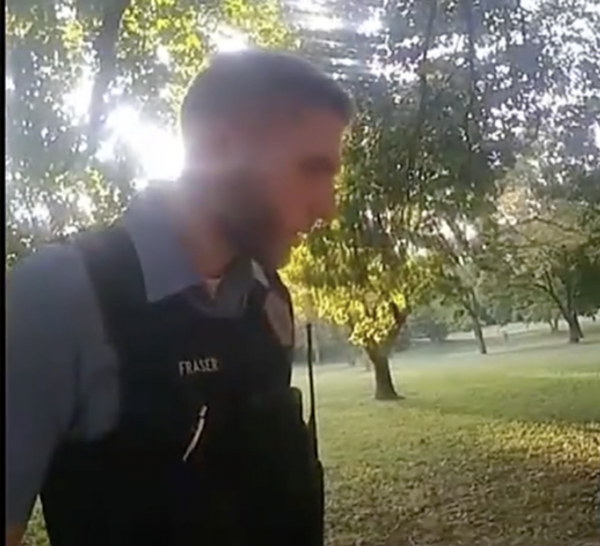
The connection between a person and their furry canine is an unbreakable bond and in the United States, there are now over 65 million dog-owning households, according to Statista.
The much-loved pets are known to be loyal, dedicated and affectionate, but how do humans form such a strong connection with these animals?
Over time, dogs have adapted well to understanding human modes of communication, both verbal and nonverbal.
Researchers at George Washington University now suggest that a deeper understanding of this connection can be unlocked by focusing on a dog’s facial markings.
In a paper published in the journal Animals, the team found that dogs with simpler facial markings, such as those with a single colour or without any patterns and spots, tend to be more expressive when interacting with humans compared to their counterparts with complex, multi-coloured markings.
The study revealed that dog owners also have a way of gauging their pet’s levels of expressivity overall, but owners of middle-aged dogs, ranging from two to seven years, are particularly accurate in judging their dog’s expressiveness, especially if the dog has a simpler face.
For the study, researchers looked at 100 dogs and their owners and they were then asked to record their pets in four different scenarios.
The team then used a coding system called the Dog Facial Action Coding System (DogFACS) to analyse each dog’s behaviour and created a novel system to scale and evaluate facial markings and patterns on dogs’ faces.
Participants were also asked to complete a survey that included various demographics about the dogs and gauged how well the participant judged their dog’s expressions.
‘It’s important that we understand how they communicate with us’
“As dogs become more and more integrated into human society, it’s important that we understand how they communicate with us and how we can better communicate with them,” said Courtney Sexton, the study’s lead author.
“If we think about this in terms of welfare contexts, or dogs in shelters, or working dogs and service animals, or interactions with dogs in your neighbourhood or people at a dog park, knowing what dogs are trying to tell us and what they might be thinking or feeling can really enhance both their experience and ours when we’re together.”
Researchers also found that senior dogs were less expressive in their communication with their human companions.
Ms Sexton said this may be because older dogs have a longer, more well-established relationship with their owners, so they don’t have to work as hard to be understood.
Working dogs or highly trained dogs were more expressive possibly due to the nature of their roles demanding clear communication.







